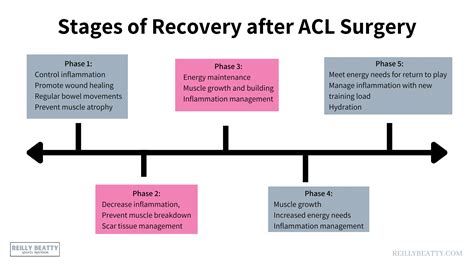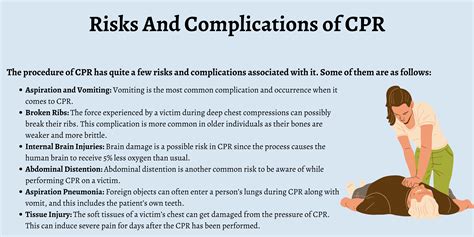Intro
Learn about Gallstones Operation Recovery, including post-surgery care, symptoms management, and dietary changes for a smooth recovery from cholecystectomy, laparoscopic surgery, and gallbladder removal.
The recovery process from a gallstones operation, also known as cholecystectomy, is a crucial aspect of the overall treatment. Understanding what to expect and how to manage post-operative care can significantly impact the speed and effectiveness of recovery. Gallstones are hardened deposits that can form in the gallbladder, and when they cause severe symptoms or complications, surgical removal of the gallbladder is often the recommended treatment.
Gallstones affect millions of people worldwide, and while many may not experience symptoms, for those who do, the operation can be a lifesaver. The surgery can be performed using open surgery or a minimally invasive procedure known as laparoscopic surgery. The choice between these methods depends on the patient's overall health, the severity of their condition, and the surgeon's professional judgment. Regardless of the method used, the primary goal is to remove the gallbladder and prevent future gallstone-related problems.
The importance of proper recovery cannot be overstated. It involves not just physical healing but also emotional and nutritional adjustments. Patients need to understand that recovery is a process that requires patience, adherence to medical advice, and sometimes, lifestyle changes. This article aims to guide individuals through the recovery process, providing insights into what to expect, how to manage discomfort, and how to ensure a smooth transition back to normal life.
Gallstones Operation Overview

The gallstones operation, or cholecystectomy, is a surgical procedure to remove the gallbladder, a small organ located under the liver that stores bile. This operation is usually performed to treat gallstones causing pain or infection. The surgery can be done in two main ways: open cholecystectomy, which involves a single large incision, and laparoscopic cholecystectomy, which involves several small incisions through which a camera and surgical instruments are inserted.
Types of Gallstones Operations
There are primarily two types of surgeries for gallstones: - **Laparoscopic Cholecystectomy:** This is a minimally invasive procedure where several small incisions are made to insert a laparoscope (a thin, lighted tube with a camera) and other surgical tools. This method is preferred for its smaller incisions, less pain, and quicker recovery time. - **Open Cholecystectomy:** This traditional method involves a single, larger incision in the abdomen to access and remove the gallbladder. It's often used for more complex cases or when the laparoscopic approach is not feasible.Preparation for Recovery

Before undergoing surgery, patients should prepare themselves for the recovery process. This includes understanding the surgical procedure, the risks involved, and what to expect during the recovery period. It's essential to follow the surgeon's instructions carefully, which may include dietary changes, stopping certain medications, and arranging for someone to care for you after the surgery.
Post-Operative Care
After the surgery, patients typically spend a few hours in the recovery room for observation. For laparoscopic surgery, most people can go home the same day or the next day, while open cholecystectomy may require a longer hospital stay. Post-operative care instructions usually include: - Managing pain with prescribed medications - Following a specific diet, often starting with liquids and gradually introducing solid foods - Avoiding heavy lifting, bending, or strenuous activities - Attending follow-up appointments with the surgeonRecovery Timeline

The recovery timeline can vary depending on the type of surgery and the individual's health. Generally, for laparoscopic surgery, people can return to their normal activities within a week or two. For open cholecystectomy, recovery may take longer, typically 4 to 6 weeks.
Common Symptoms During Recovery
Some common symptoms during the recovery period include: - **Pain:** Managed with medication - **Nausea and Vomiting:** Can be a side effect of anesthesia or pain medication - **Fatigue:** Common due to the body's response to surgery - **Bloating and Gas:** May occur as the body adjusts to the absence of the gallbladderNutrition and Diet

After gallbladder removal, dietary changes are essential to manage digestion and prevent discomfort. Initially, a liquid diet may be recommended, gradually introducing solid foods. It's crucial to avoid fatty, greasy, or high-fiber foods that can be difficult to digest. Foods that are often well-tolerated include lean proteins, low-fat dairy, and bland foods like crackers or toast.
Long-Term Dietary Adjustments
In the long term, most people can return to a normal diet, but some may need to make permanent adjustments to avoid discomfort. This can include eating smaller, more frequent meals, avoiding very fatty foods, and considering supplements if necessary.Complications and Risks

As with any surgery, there are potential complications and risks, including infection, bleeding, and injury to surrounding organs. It's essential to follow post-operative instructions carefully to minimize these risks.
Recognizing Emergency Symptoms
Patients should be aware of symptoms that require immediate medical attention, such as: - Severe abdominal pain - Fever over 101°F - Vomiting that won't stop - Difficulty breathing - Signs of infection at the incision siteLifestyle Changes

After gallbladder removal, some lifestyle adjustments may be necessary to ensure a smooth recovery and prevent future digestive issues. This includes maintaining a healthy weight, exercising regularly, and possibly avoiding certain foods.
Exercise and Physical Activity
Gradually introducing physical activity can help in the recovery process. It's recommended to start with light exercises and gradually increase intensity and duration as advised by the healthcare provider.Conclusion and Next Steps

Recovery from a gallstones operation requires patience, understanding, and adherence to medical advice. By following the guidelines provided by healthcare professionals and making necessary lifestyle adjustments, individuals can ensure a smoother recovery and reduce the risk of complications. It's also important to stay in touch with the healthcare team for any questions or concerns that may arise during the recovery period.
We invite readers to share their experiences or ask questions about recovering from a gallstones operation. Your insights can help others who are going through a similar process. Please feel free to comment below, and don't forget to share this article with anyone who might find it helpful.
What are the common symptoms after gallbladder removal?
+Common symptoms include pain, nausea, vomiting, fatigue, bloating, and gas. These symptoms are usually managed with medication and dietary adjustments.
How long does it take to recover from laparoscopic gallbladder surgery?
+Recovery from laparoscopic gallbladder surgery can take about 1 to 2 weeks, during which time patients can gradually return to their normal activities.
Do I need to follow a special diet after gallbladder removal?
+Yes, initially, you may need to follow a specific diet to manage digestion and prevent discomfort. This often includes avoiding fatty, greasy, or high-fiber foods and possibly taking supplements.
